15 Reasons Banks Track Your Activity And How To Protect Your Privacy

Your bank keeps tabs on more than just the balance. Routine actions can trigger silent surveillance that most customers never notice. These subtle tracking methods often fly under the radar. Learn how to protect your privacy before everyday habits turn into long-term data trails.
Monitoring Transaction Patterns

Banks constantly study spending behavior to catch fraud early and tailor credit or offer decisions. These insights influence approvals more than you think. Want to stay off the radar? Pay in cash for sensitive items and monitor alerts so nothing slips by unnoticed.
More From The Penny Hoarder: The Dumbest Things We Keep Spending Too Much Money On
Tracking Location Via Card Usage
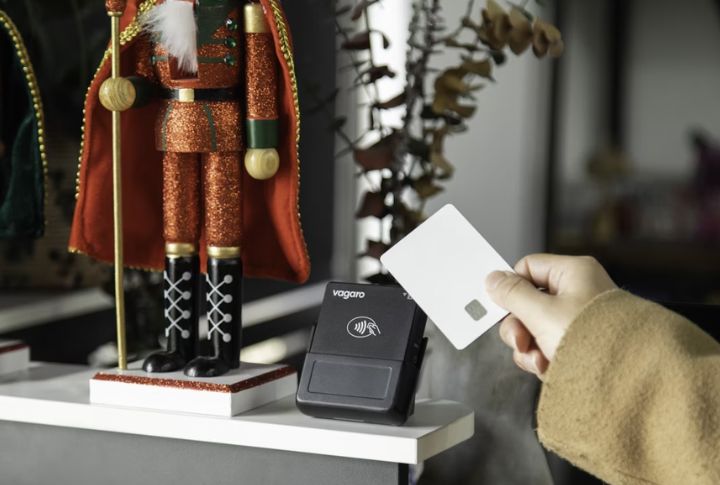
Each time you swipe a card, banks log the exact location. This helps spot fraud but also builds detailed location profiles, which may be shared externally. To reduce exposure, disable app location services and switch to prepaid or cash-only settings in private mode.
Make money easier. Sign up for The Penny Hoarder’s newsletter today.
Monitoring Mobile Payment Usage

Stick to cards with stronger fraud protection and reduce reliance on mobile wallets directly tied to the bank. Every time you use a digital wallet, banks track the pattern, not just to detect fraud but also to encourage more contactless payment behavior.
More From The Penny Hoarder: Best Cash Back Rewards Credit Cards to Earn Money While You Spend in 2025
Analyzing Online Banking Logins
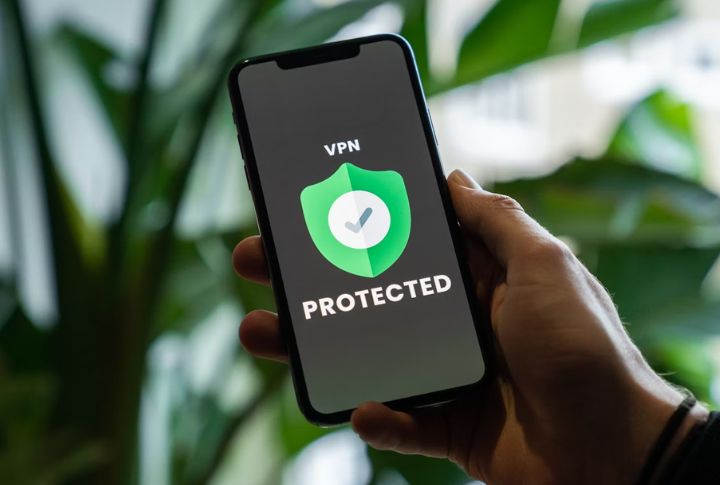
Login activity is closely monitored by banks. Sudden changes can trigger extra security steps. Protect yourself by turning on two-factor authentication, logging out every time and masking your IP with a VPN to keep prying systems guessing.
More From The Penny Hoarder: The Best Rewards Credit Cards to Maximize Your Spending in 2025
Monitoring International Transactions
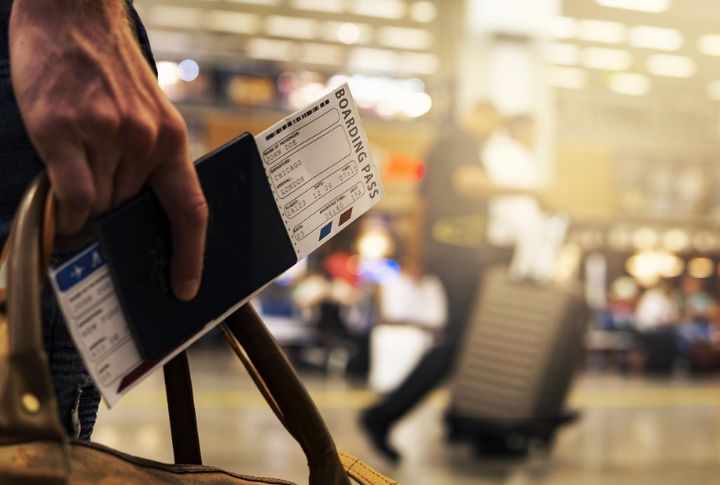
Notify your bank before you travel and choose dedicated travel cards to avoid unnecessary monitoring. When you make cross-border purchases, your bank logs them to detect fraud and better understand your travel patterns, sometimes even adjusting fees based on the data.
More From The Penny Hoarder: Our Picks for The Best Bank Promotions This Month
Monitoring Credit Card Spending Categories
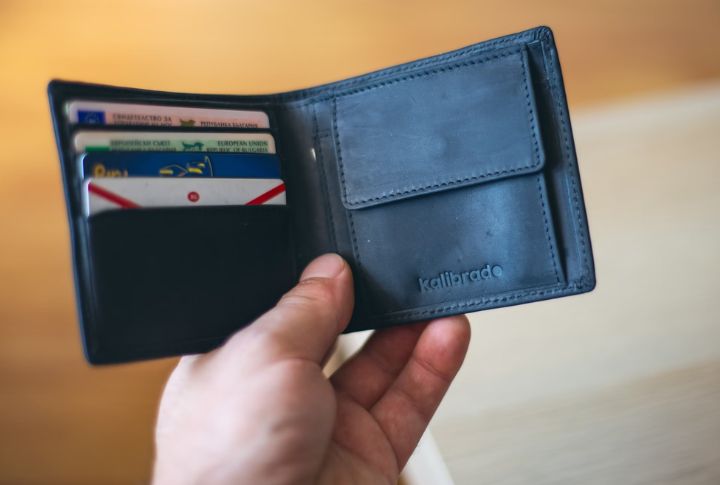
Bank breaks down purchases into categories to craft custom offers and adjust your credit limits. It’s more invasive than you might think. Combat profiling by spreading spending across different cards and opting out of marketing whenever that little checkbox appears.
More From The Penny Hoarder: Budgeting 101: How to Budget Money
Recording ATM Withdrawal Behavior
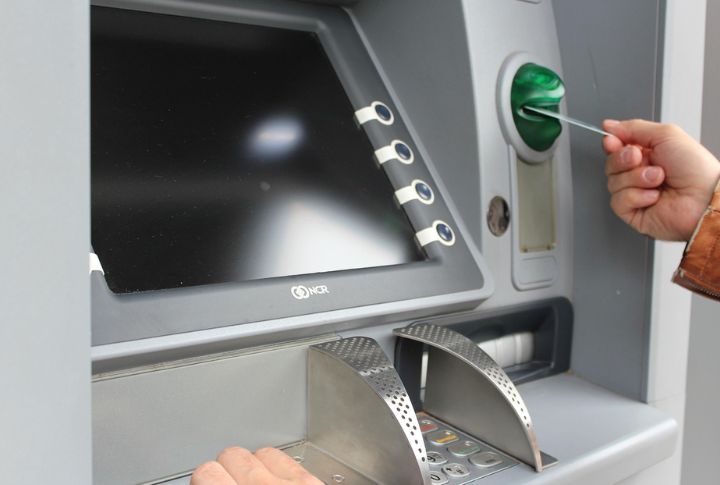
Every ATM visit is tracked—not just for fraud, but to piece together lifestyle patterns. Over time, even your withdrawal habits become a data point. Stick to in-bank withdrawals and visit ATMs less frequently to minimize digital footprints.
More From The Penny Hoarder: Our Picks for The Best Budget Apps for Couples
Analyzing Spending During Holidays

To stay off marketing radars, spread purchases across time and consider prepaid or gift cards. Banks study your holiday shopping closely, looking for cash flow trends that shape future promotional campaigns and inform what offers land in your inbox post-holiday.
More From The Penny Hoarder: 5 Strategies to Consolidate Your Credit Card Debt
Tracking Bill Payment Recipients
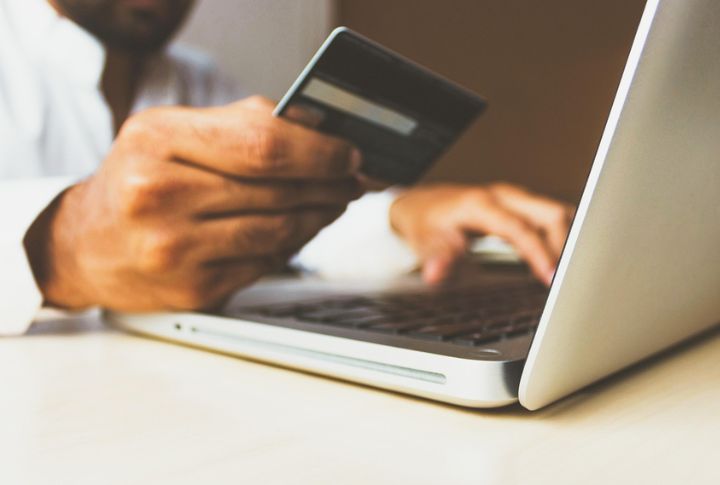
Recurring payments reveal more than just your bills—they expose your habits. Banks use this to suggest credit products or budget tools. You can reduce tracking by paying through third-party platforms that mask details and by opting out of personalized marketing in your bank settings.
More From The Penny Hoarder: What is Debt Settlement and How Does it Work?
Observing Credit Card Payment Timeliness
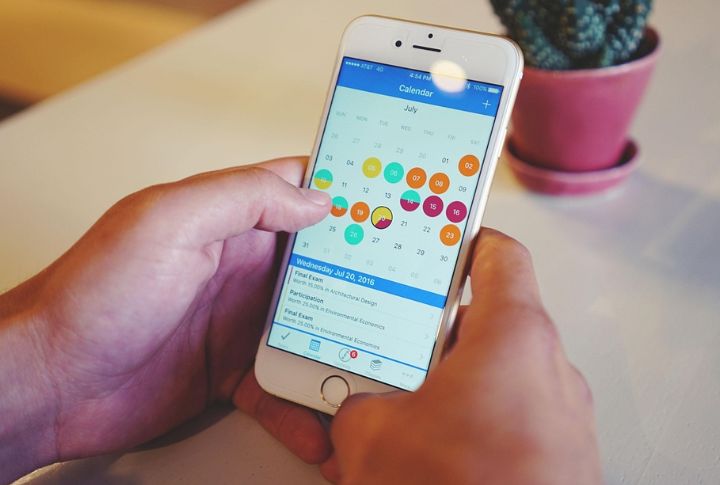
Set up auto-pay or use digital reminders so you never miss a due date. Payment timing is closely monitored. Being prompt improves your creditworthiness, earns you better rates and unlocks rewards, while delays can quietly influence how banks evaluate you.
More From The Penny Hoarder: Ditch Overpriced Car Insurance Now — Save $500 Today
Monitoring Peer-to-Peer Transfers

Your social spending tells banks a lot. Every P2P transfer adds to a behavioral profile, helping them recommend financial tools or detect fraud. To avoid this, switch to encrypted payment apps with better privacy and keep bank-based transfers to a minimum whenever possible.
More From The Penny Hoarder: Here’s How to Start Saving Money — Even If You Don’t Have Room in Your Budget
Tracking Contact Information Updates

Protect your privacy by keeping a separate email or phone number just for banking, and avoid unnecessary updates online. Any changes to your contact details—like email or phone—are logged by banks and can trigger targeted marketing or flag your profile for security review.
More From The Penny Hoarder: The 28 Best Side Hustles: Our Top Picks to Help You Make More Money
Recording Device Fingerprinting in Apps

Even without logging in, the banking app can recognize your device by its unique fingerprint. This enhances fraud protection but logs your usage patterns too. Clear app cache regularly, and consider switching devices or browsers to throw off constant device-based monitoring.
More From The Penny Hoarder: 17 Make-Your-Own-Schedule Jobs You Can Do From Home
Monitoring Social Media for Financial Behavior

Make your profiles private and avoid sharing anything financial online. Some banks now scan public social media posts for signs of risk, adding another layer to your credit assessment. It’s a growing trend that goes beyond traditional checks and into your digital life.
More From The Penny Hoarder: How to Choose a Credit Card That is Right For You
Tracking Account Balance Fluctuations
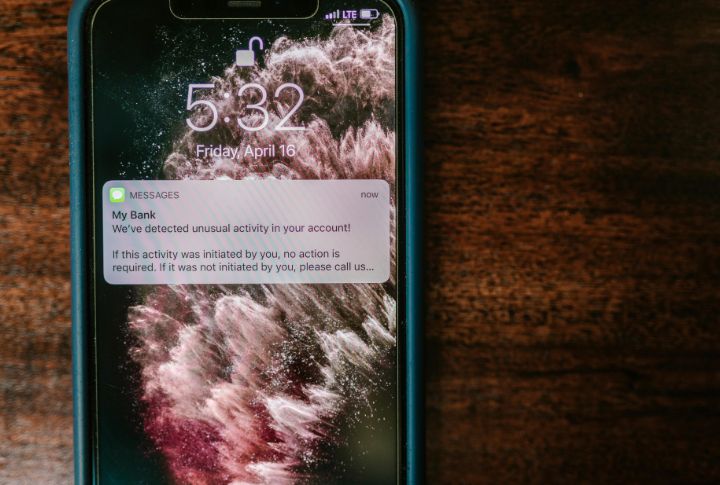
Use your own account alerts and aim to keep your balance relatively steady to avoid external tracking. Banks watch your daily balance changes to spot risks and may offer overdraft protection based on the ups and downs they see in your account.
More From The Penny Hoarder: The 6 Best No Annual Fee Credit Cards of 2025












